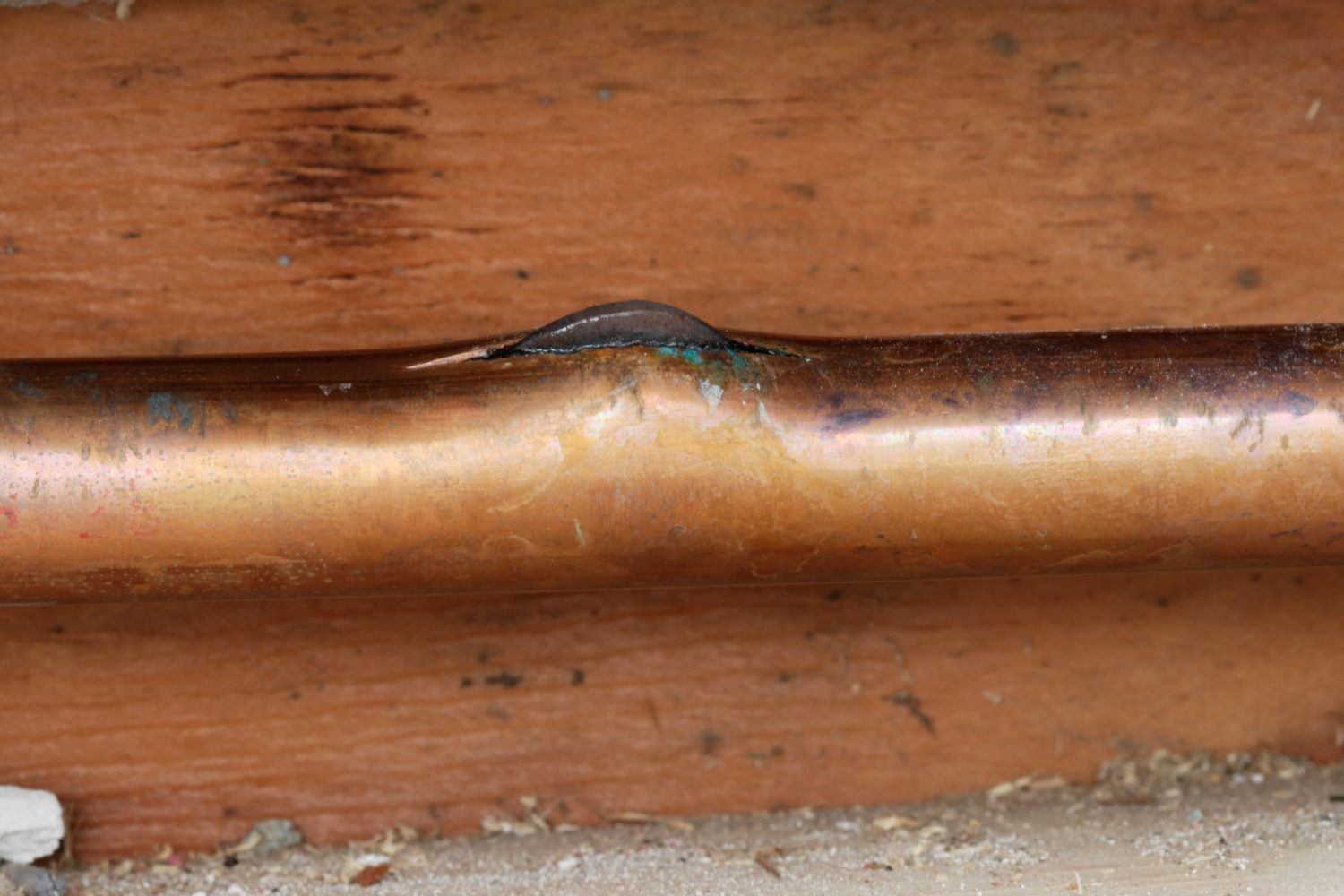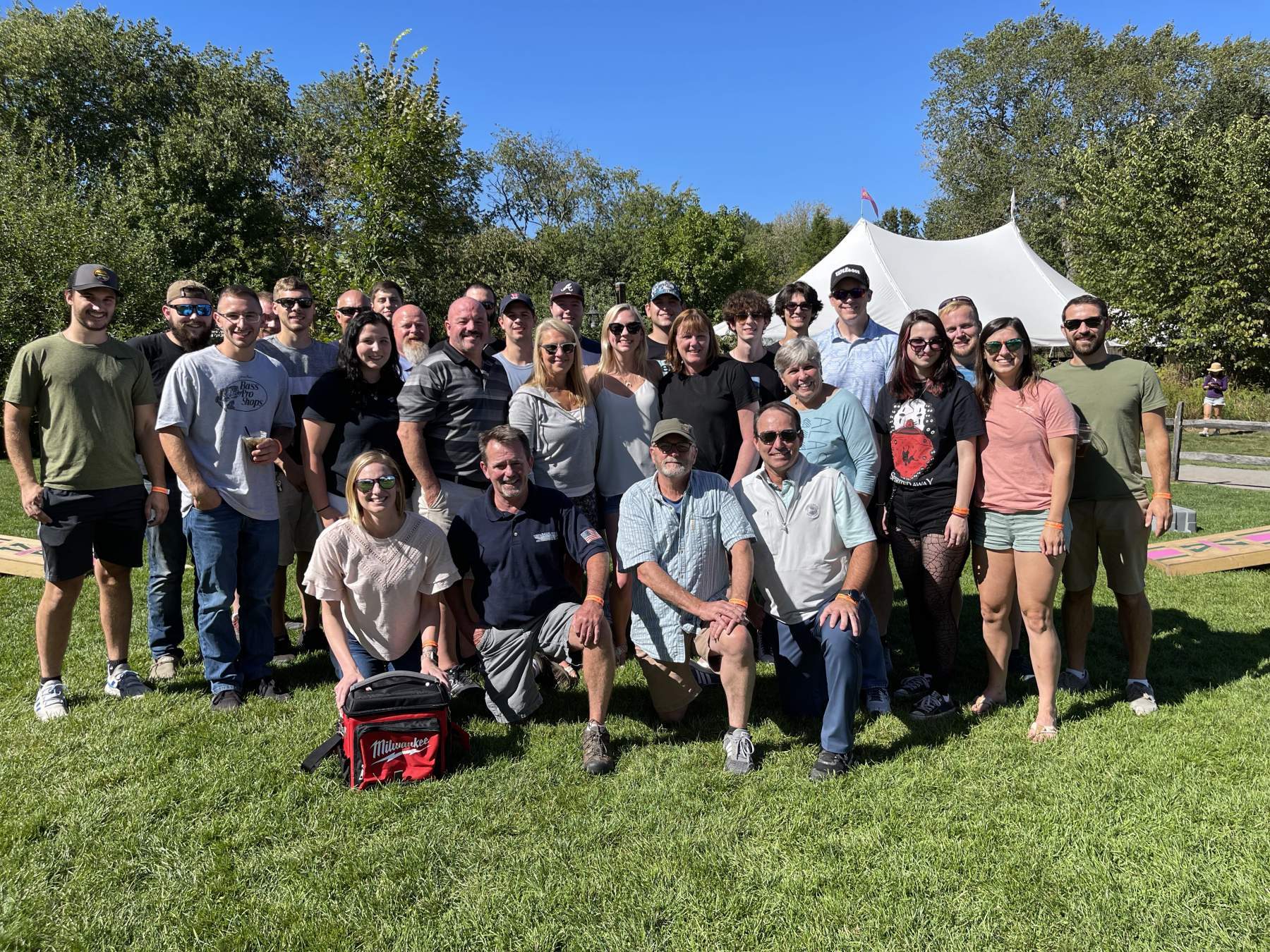Frozen water expands, and as anyone who has suffered frozen pipes knows, ice is a powerful force that can break open most containers, including metal ones. Keeping your pipes from freezing in the winter is an essential task for New England homeowners, but fortunately there are some basic approaches to minimize the risk.
Before the storm
Foam insulation sheaths can be wrapped around water pipes to protect them from the cold air. The most vulnerable pipes are ones located inside exterior walls, run through an unheated portion of the house like a garage, and those that connect to an outdoor opening like a spigot.
Another option is to wrap heat tape around the vulnerable pipes. Heat tape is a flat ribbon that is coiled around the pipe like a corkscrew and uses electricity to keep the pipe warm, like an electric blanket.
Special heat lamps can also be aimed at pipes in cold sections of the house. Typically, these lamps will have a light that shines on the pipe. This makes it easy to check up on. If the light isn’t on, the lamp isn’t working.
Of course, adding heat tape or a heat lamp to your home means there will be an ongoing cost in the form of higher electric bills. Prices depend on the local power costs, but expect to pay between $40 to $60 each month for every 100 feet of heat tape.
If you’re going to leave your home for an extended time during the winter, such as a week-long vacation, then keep your heat on and set it to no lower than 55 degrees Fahrenheit. You can also consider shutting off the main water supply and draining all the water out by running the faucets dry and flushing the toilets.
Plumbing pipes aren’t the only ones that can freeze. The pipes in a hot tub, a hot water heating system or any other type of pipe can freeze if the unit or its pipes are exposed in a cold space.
Many hot water heating systems allow you to use antifreeze to protect the system from freezing. Check your heating system’s manual and specifications to find out how,. If you do decide to add antifreeze, it needs to be checked each year to make sure it’s still working.
Remember that the best way to solve a plumbing emergency is to prevent it from ever happening.
During the big freeze
When a cold night comes, you want to keep the air around your pipes as warm as possible. For the pipes in your garage, keep the garage doors closed to keep out the chilled air. If the pipes in your kitchen are at risk, however, you need to use the opposite approach. Keep your kitchen cabinets open to allow heated air to flow over your plumbing.
You can consider letting your water run at a slow stream just above a drip if the inside of the house is extremely cold, such as if you lose electricity but your plumbing still runs. This movement will stop water from staying in prolonged contact with the pipes. While there will be a cost in the form of a higher water bill, it’s much lower than the cost of burst pipes.
Dealing with the aftermath
If things warm up and you notice any new plumbing problems, such as a decrease in water pressure, have a look at all of your pipes. Look for icy build ups around a section of pipe or visible cracks.
If you do discover the worst and you’re in our coverage area, call us as soon as you can so we can contain and fix the problem. We can be reached at (978) 433-5373.
If you want to try to thaw out a frozen section of pipe yourself, don’t use open flames like blowtorches or lighters. Instead, try a hair dryer or wrap an electric warming blanket around the frozen section.








